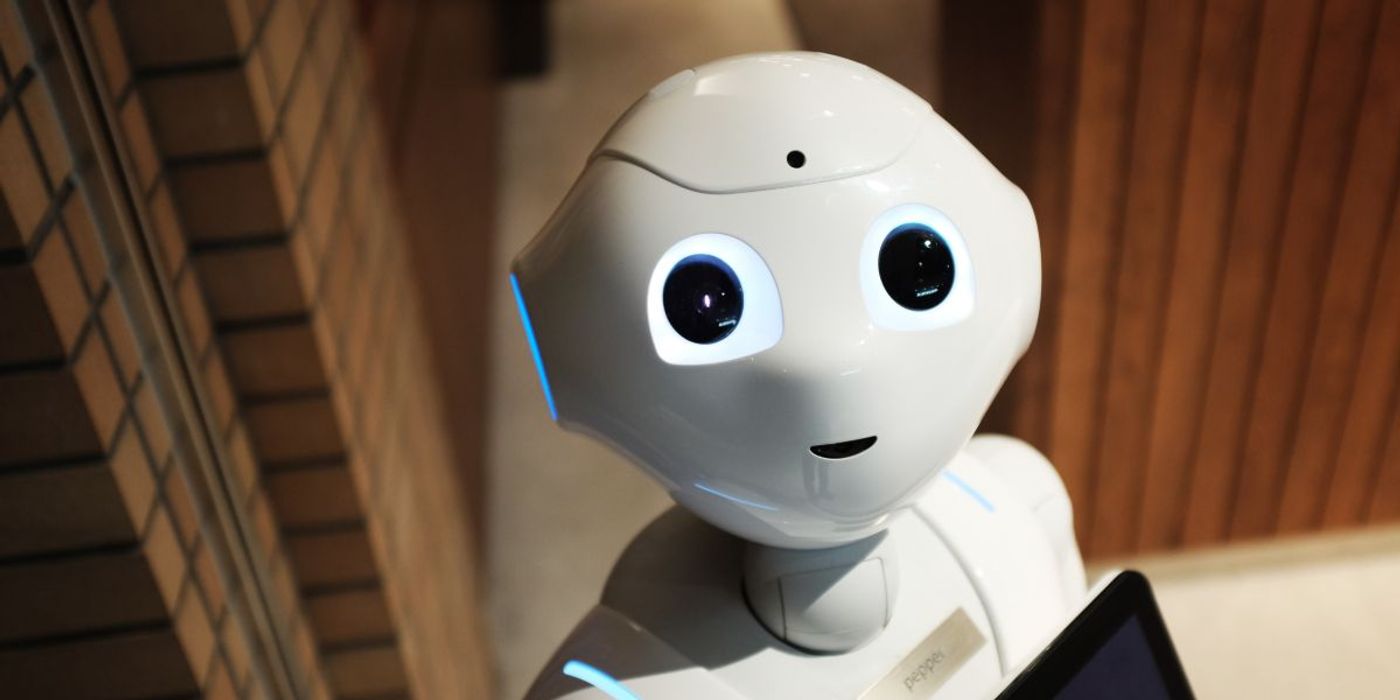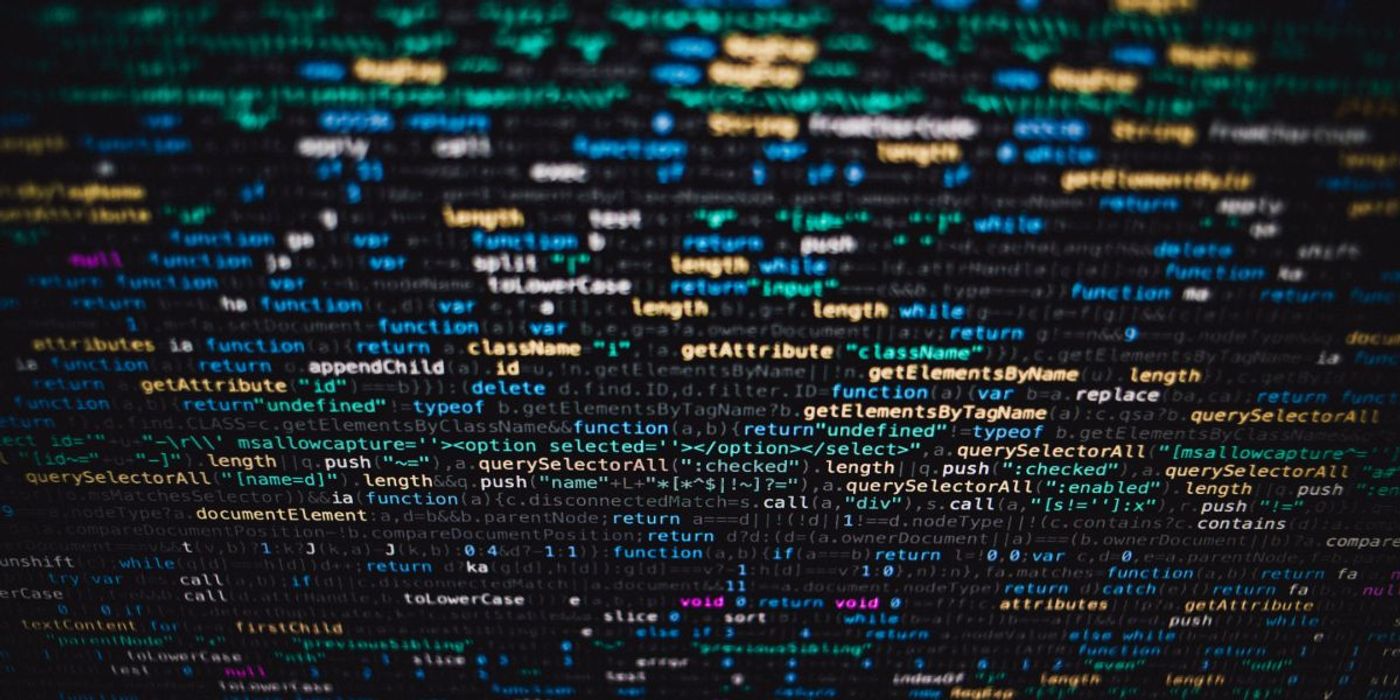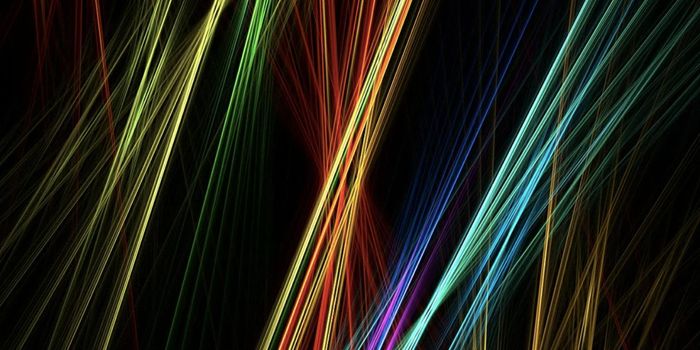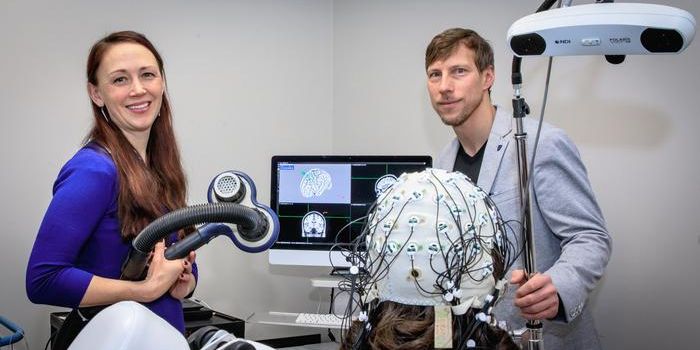How AI and Neuroscience Propel Each Other Forward
Traditional notions of artificial intelligence (AI) are outdated. No longer is AI just used to organize lists and make binary decisions from prescriptive rules. Nowadays, the technology is working to mechanically replicate human intelligence. This means it requires a fundamental understanding of how the brain works, something increasingly found in neuroscience.
In the last decade, insights from neuroscience have had a huge impact on AI. Artificial neural networks were inspired by the neural networks found in the brain. They give computers the ability to distinguish between cats and trees, while giving self-driving cars the ability to spot pedestrians.
Neuroscience has also begun to benefit from AI. Thanks to recent advances in the field, neuroscientists can now develop and test ideas about how the brain processes information faster and more efficiently than ever before.
But this is only the beginning. While machine learning, the technology behind artificial neural networks, is better than humans at finding patterns in very large data sets, it still can not compete with the human brain in other tasks.
Unlike humans, AI’s currently require large data sets to identify patterns, as well as a huge amount of energy. Meanwhile, humans only need a tiny amount of data and energy to do the same.
While a 3 year old child is able to use grammatical rules correctly in their mother tongue from just a few examples, an AI currently needs a huge amount of data for the same result. Why? Although human neural networks have inspired current forms of AI, our incomplete understanding of how human intelligence works means that AI still works very differently from the human brain.
To get to the bottom of this, researchers are now exploring ways to enable neural networks to perform ‘unsupervised learning’- learning that does not require enormous quantities of labeled datasets.
Daniel Yamins, a computational neuroscientist at Stanford University in California, is one such researcher. He is currently devising programs that replicate how babies learn. This means replicating how babies take note of random interactions to create a framework of how the world works. One key component, he says, is to ‘encode curiosity’ into each program to motivate it to explore, and thus create new behaviors.
Some are taking a different route. Tomaso Poggio, a computational neuroscientist at MIT, says that our genes may in fact be responsible for some of our early learning. A baby for example is able to recognize faces within its first hours of life. Understanding how this mechanism works, he says, may play an integral role in creating human intelligence in machines.
Both neuroscience and AI share a goal: to understand how the human brain works. Their comradery is thus mutually beneficial. As computer scientists continue to take from neuroscience to develop better models of the human brain, neuroscientists will continue to test them against the real thing. Each iteration will bring new insights to both fields until eventually, we may just be able to create a real ‘human’ intelligence.
Sources: The Conversation, China Daily, Nature, Singularity Hub and Tedx Talks










